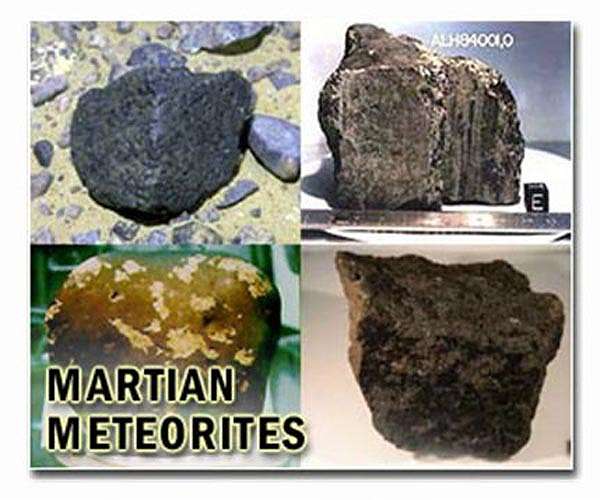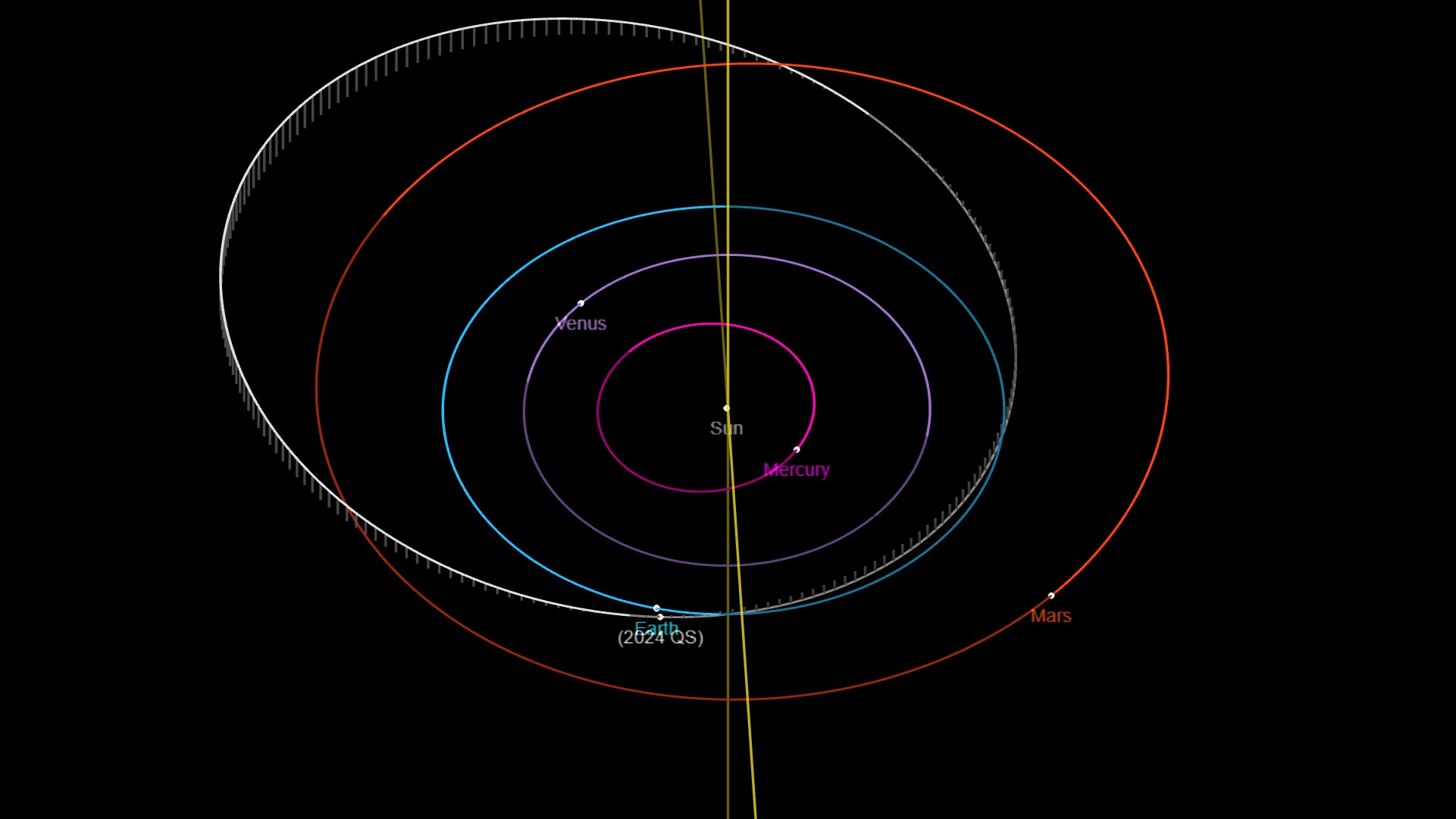Western researchers help identify origins of Martian meteorites
by Jeff Renaud, for WesternU News
London, Ontario, Canada (SPX) Aug 20, 2024
An international research team has identified the specific origins of most of the Martian meteorites that are now on Earth. They’ve traced the meteorites to five craters where they were launched off Mars after impact. The craters are located within two volcanic regions on the red planet called Tharsis (the region containing Olympus Mons, the largest shield volcano in the solar system) and Elysium.
Western planetary geologist Livio Tornabene is a co-author of the study, recently published in the journal Science Advances.
“Remarkably, with just a few specific clues that the meteorites provide us here on Earth and the abundance of remote data collected by spacecraft missions to Mars, we can narrow down from the tens of millions of craters and identify the very specific ones that some of these meteorites are very likely to originate from,” said Tornabene, an Earth sciences professor and research scientist at Western.
Martian meteorites find their way to Earth when something – a sizeable asteroid or a comet – hits the surface of the red planet with enough energy to blast some of that material into space.
This ejected material then ends up in an orbit around the sun, with some eventually falling to Earth as meteorites. The impact also leaves a crater on Mars’ surface, which is exactly where Tornabene started investigating this mystery nearly two decades ago at the start of his own academic career.
The new study is a renewed effort that builds on the general methodology Tornabene established in 2006 with a paper in Journal of Geophysical Research: Planets that was further advanced through current state-of-the-art analytical techniques, modelling and orbit-based data that wasn’t available at the time.
“It’s a proud moment to see the results of this new effort and to know that what I presented in a paper nearly 20 years ago, stood the test of time. Especially in a field of science where what you write today could turn out to be flawed or even incorrect in a matter of years or less,” said Tornabene, a member of Western’s Institute for Earth and Space Exploration.
Chris Herd, curator of the University of Alberta’s Meteorite Collection and professor in the Faculty of Science, agrees that scientists’ improved understanding of the physics of exactly how the rocks are ejected from Mars was key to this discovery.
Scientists have determined these meteorite-launching events have happened at least 10 times in Mars’ recent history. This estimate is based on the ages, compositional similarities and other common characteristics that enable scientist to classify the approximately 200 known Martian meteorites into 10 groups.
“We think we’ve found the source craters for half of all 10 groups of Martian meteorites,” said Herd, lead author on the study. “Now, we can group these meteorites by their shared history and then their location on the surface prior to coming to Earth.”
Recalibrating Mars’ chronology
This study is a true testament to the resilience of planetary scientists, like Tornabene and Herd, who work to maximize the limited data they use to tell us as much as possible about another planet.
“Mars data is certainly not limited with respect to the amount we have, but with respect to how it is collected remotely by robotic surrogates, and not in-person or within a state-of-the-art laboratory,” said Tornabene.
Knowing how and where these meteorites are from on Mars gives researchers additional insights into the samples and the planet that spawned them.
“We now have the ability to contextualize and position these samples within the Martian geology for the first time, which enables the recalibration of Mars’ chronology,” said Herd. “This has implications for the timing, duration and nature of a wide range of major events through Martian history.”
Knowledge about the origin of meteorites, combined with advances in technology like remote sensing, also gives researchers a framework upon which to build future research. The ability to model the ejection process is a major advance. From that, geologists can determine the crater size or range of crater sizes that ultimately could have ejected that group of meteorites, or even one particular meteorite.
“I call this Earth sciences at Western University
. To be able to say, for example, the conditions under which this meteorite was ejected produced craters between 10 and 30 kilometres across, is really amazing,” said Herd. “It’s the closest thing we have to actually going to Mars and picking up a rock.”
In the 1980s, scientists discovered a signature for the Martian atmosphere trapped inside meteorite samples. That signature, or molecular fingerprint, includes a specific combination of trapped gases that match those measured in the atmosphere of Mars by the Viking landers in the 1970s.
More Martian meteorites to come
This research is likely to give rise to more findings, as there are several craters within the study from which no known Martian meteorites have been identified. While it could mean they didn’t eject any material, there is also a possibility meteorites from those particular ejection events have yet to arrive on Earth – or have yet to be found.
“The idea of taking a group of meteorites that were all blasted at the same time and then doing targeted studies on them to determine where they were prior to being ejected – that to me is the exciting next step,” said Herd. “This will fundamentally change how we study meteorites from Mars.”
Tornabene believes the results from this work will continue to provide critically important information to the international space community, as collecting rocks on Mars remains challenging. While the sampling of specific rocks at well-characterized locations is already achievable, as witnessed most recently with the Mars 2020 Perseverance rover, there are issues with safely returning them to Earth.
“In light of the ongoing challenges space agencies are facing with returning samples from precise locations on Mars, it’s important to not only continue our work on the Martian meteorites – the only samples we have of Mars – but to do our very best to determine where they come from on the surface,” said Tornabene.
Research Report:The source craters of the martian meteorites: Implications for the igneous evolution of Mars
Related Links
Earth sciences at Western University
Mars News and Information at MarsDaily.com
Lunar Dreams and more




